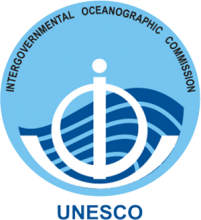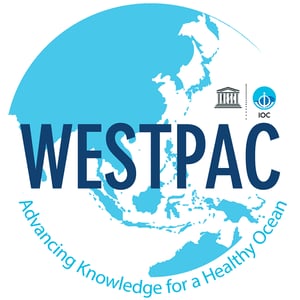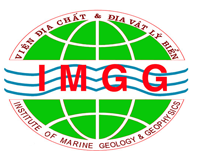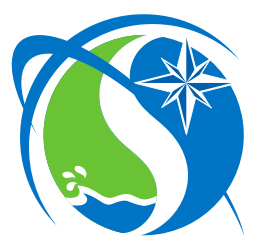Over thirty researchers from seven countries in the region gathered in Nha Trang on 5 April 2018 for a week-long training workshop on Ciguatoxins (CTXs), a type of toxins which may be found in large reef fish and are harmless to fish but poisonous to humans.
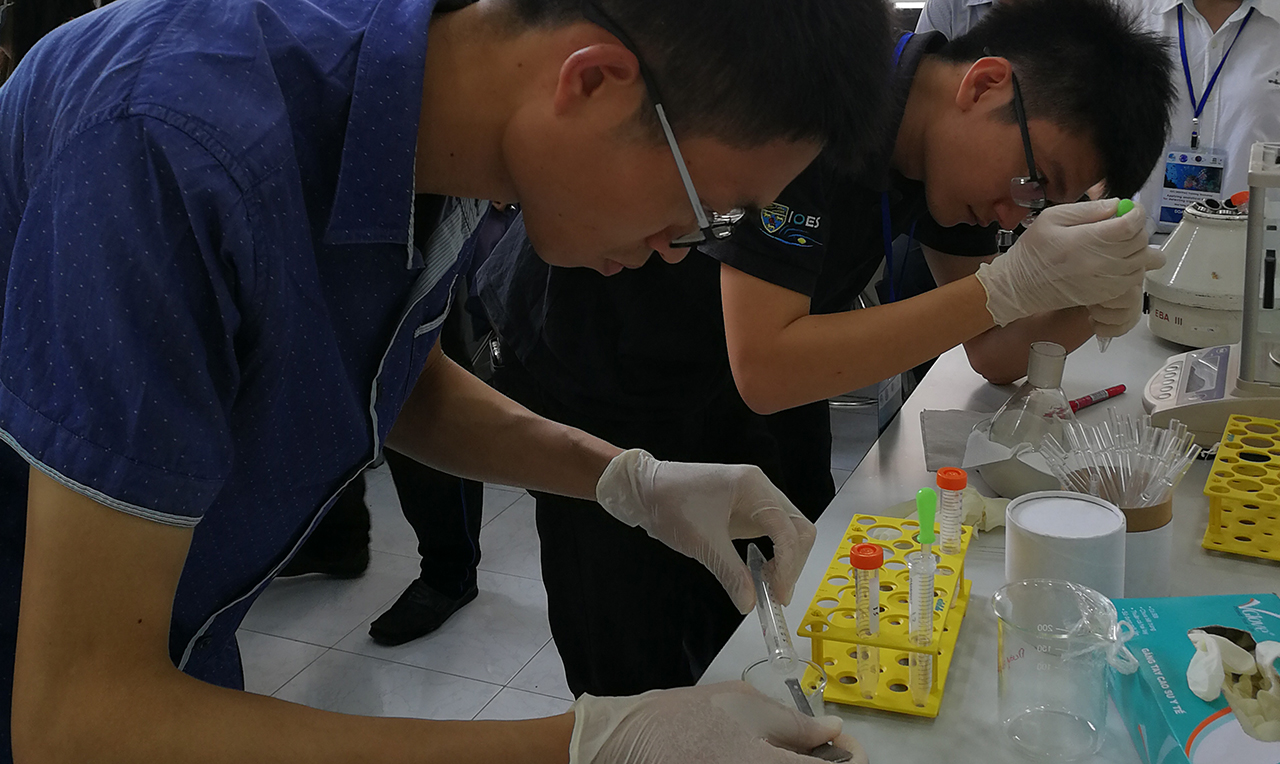
“The workshop aims to strengthen the research capacity for ciguatoxin analysis in the region”
Dao Viet Ha, WESTPAC Principal Investigator for marine toxins and seafood safety
20,000-50,000 cases of ciguatera fish poisoning are reported globally every year. Clinical symptoms of ciguatera can persist for a few weeks or many months and include nausea and vomiting, aching joints, muscle pains, weakness, itching sensations and tingling and numbness of the lips, hands and feet. One of the most distinctive symptoms is an alteration of temperature sensation, where cold objects often give a burning or dry ice sensation.
In the region, despite that it was reported in sporadic cases, scientists become more and more concerned, as CFP occurs mainly in tropical and subtropical coral areas and many cases might not be reported due to lack of expertise in toxins chemistry, effective methods and facilities in the region for Ciguatoxins (CTXs) identification.
“The confirmation of cases of CFP relies upon the detection of CTXs in the remaining meal,” Dao Viet Ha said. Therefore, it is important to have adequate CTX quantification methods to diagnose CFP cases and moreover, to prevent intoxications through the analysis of consumable fish.
The workshop participants consist of a team of invited experts in toxin chemistry, biology, ecology and toxic microalgal research, especially on CTXs and their producers. During the workshop, in addition to various lectures, participants engaged in hands-on exercises on the procedure of extraction, clean-up, purification of CTXs from fish, preparation of mobile phases, running high-performance liquid chromatography tandem mass spectrometry (LC-MS/MS) to analyze CTXs and evaluation of obtained data.
“We were able to really relate what was being taught with our research, and if we had any issue, we could bring it to the lecturers,” says Lim Zhen Fei, a researcher from the Institute of Ocean and Earth Sciences, University of Malaya, Malaysia.
Most of the participants are committed to providing the region with information of local poisoning events. Some are able to provide materials for making toxin standards and Gambierdiscus strain for research purpose and assist in the analysis of samples.
Since its initiation in 2010, the IOC Sub-Commission for the Western Pacific (WESTPAC), through its project on Toxic Marine Organisms (TMO), has been making efforts in addressing the challenges on CFP, with a focus to build research capacity and strengthen the knowledge base for marine toxins research and analysis in the region. The project has been developed with joint efforts of several research institutions in the region, and with great technical assistance of the Institute of Oceanography (IO), Vietnam Academy of Science and Technology (VAST), Vietnam and the Research Center for Biochemistry and Food Technology, National Research Institute of Fisheries Science, Japan.
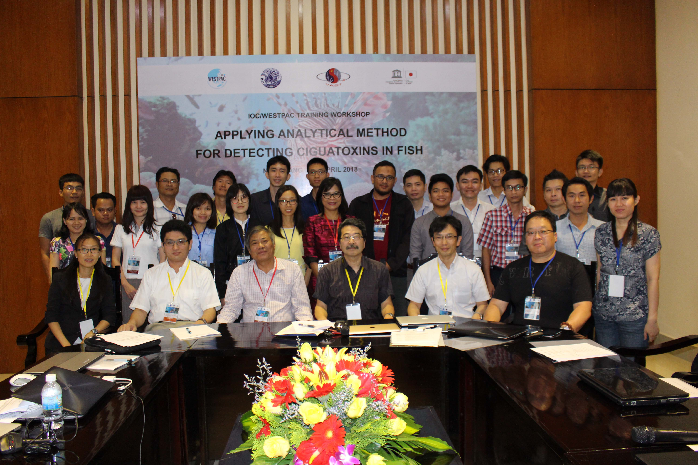
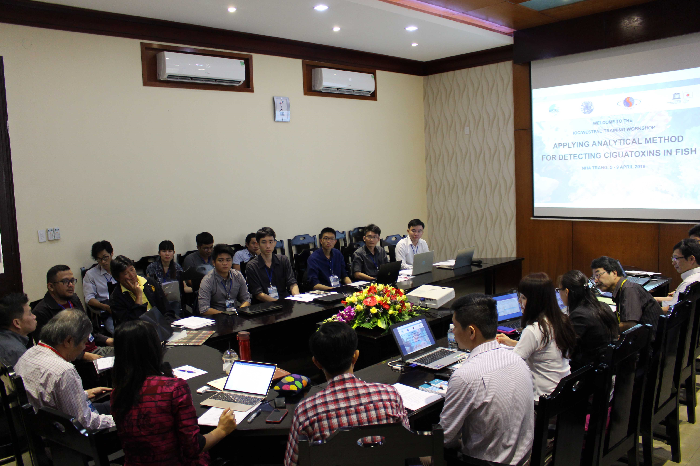
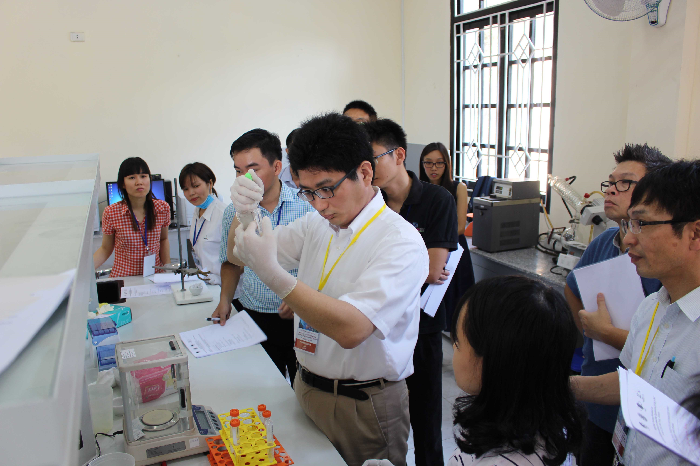
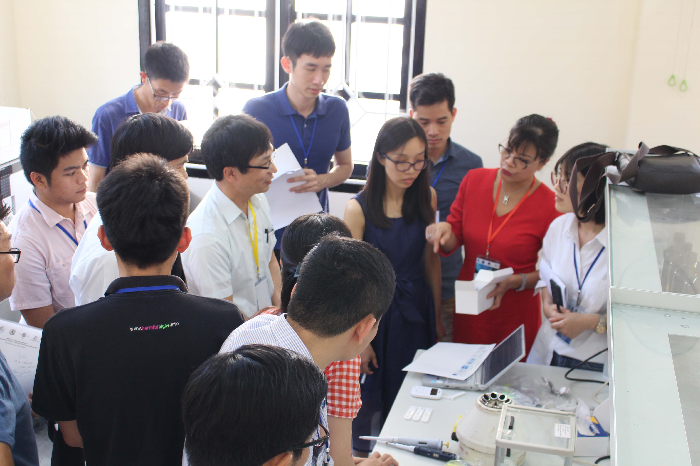
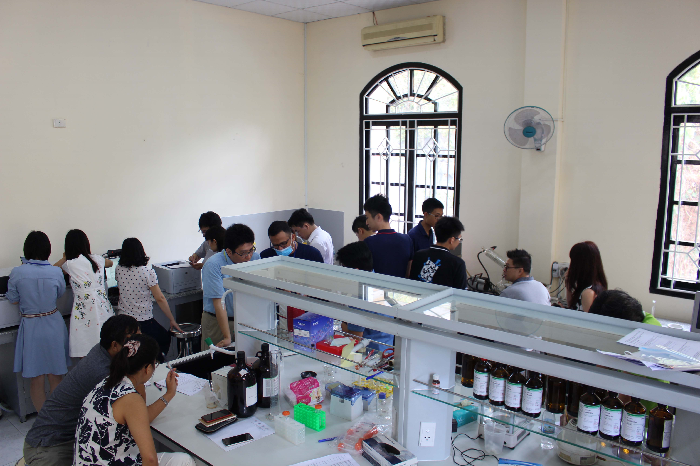
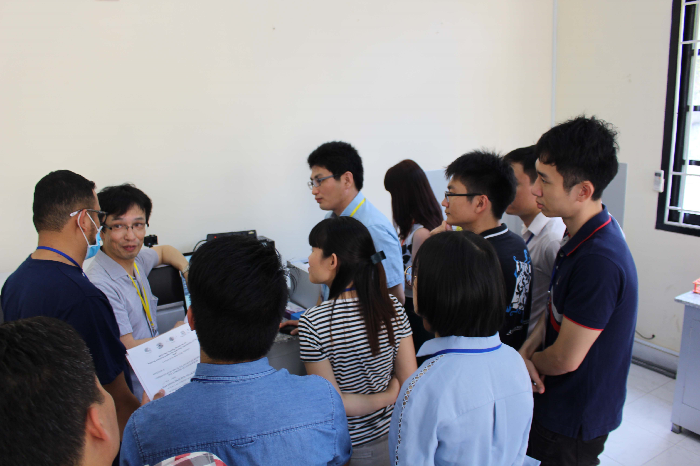
Source: WESTPAC & IO



